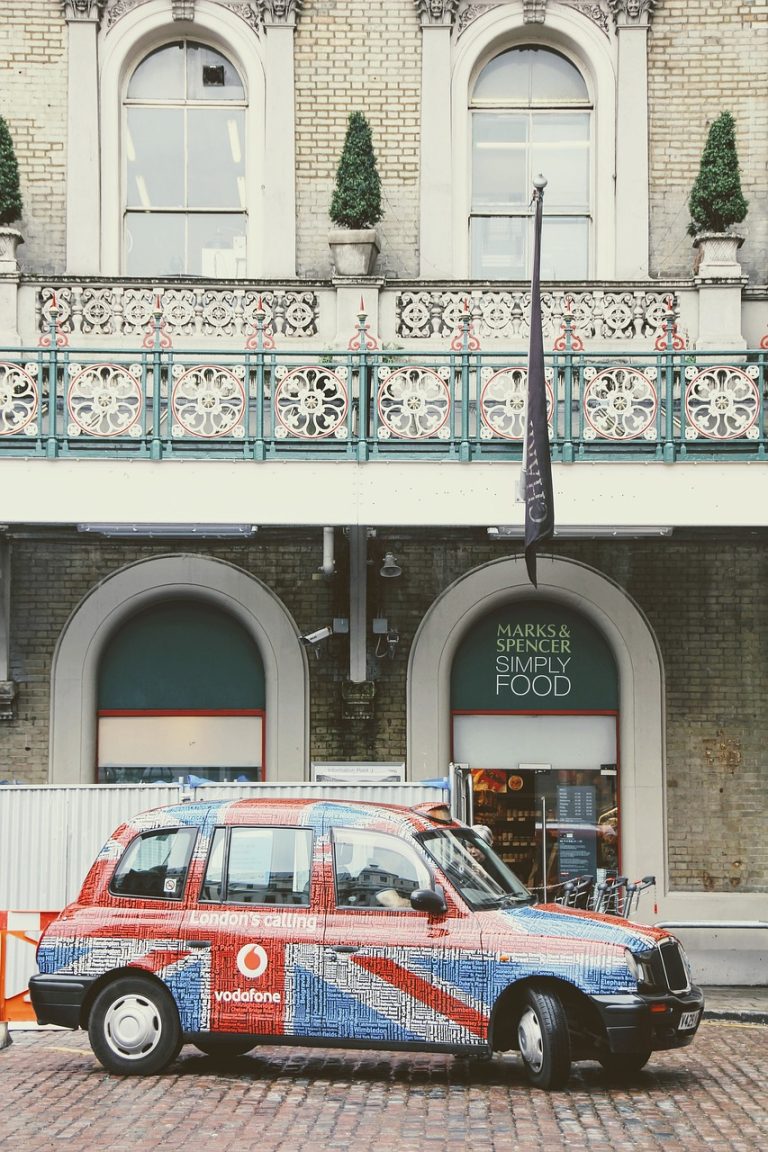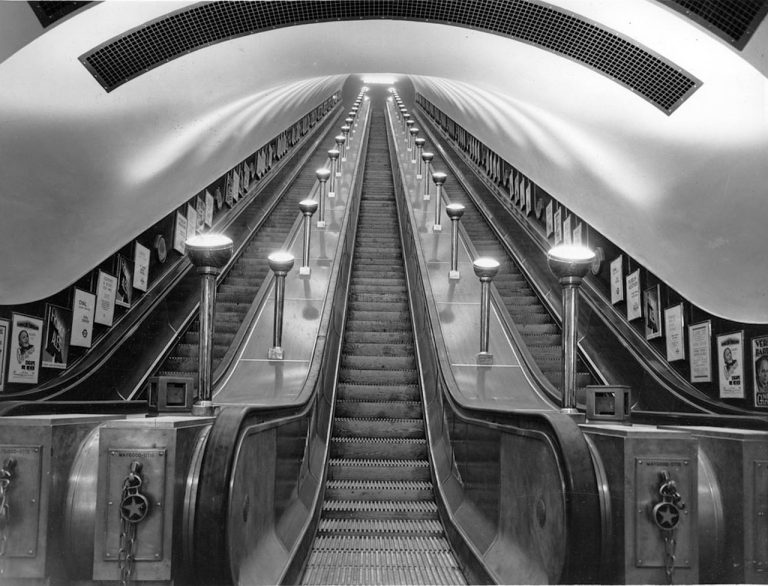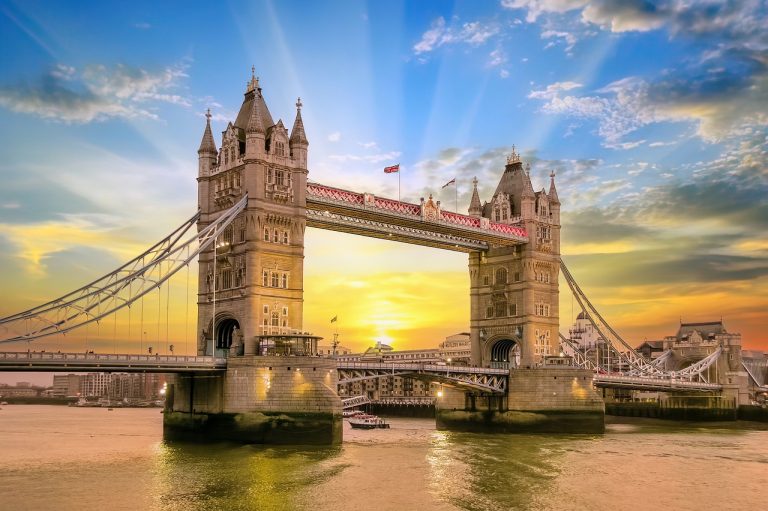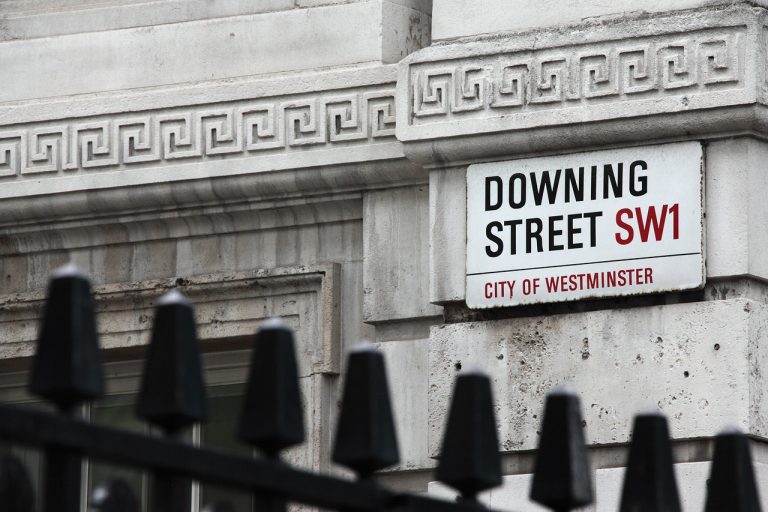London United Kingdom Video
Architectural Wonders: Iconic Buildings in London, United Kingdom
London, the capital city of the United Kingdom, is renowned for its rich history and stunning architecture. From ancient landmarks to modern marvels, the city is a treasure trove of architectural wonders. In this article, we will explore some of the most iconic buildings in London, each with its own unique charm and significance.
Tower of London
- Historical Significance: The Tower of London, dating back to the 11th century, has served as a royal palace, prison, and treasury throughout its history.
- Architectural Features: The complex consists of several buildings, including the White Tower, which is the oldest part and showcases Norman architecture.
The Tower of London is a UNESCO World Heritage Site and houses the Crown Jewels, attracting millions of visitors every year.
Its defensive walls, towers, and moat make it a formidable fortress and an impressive sight.
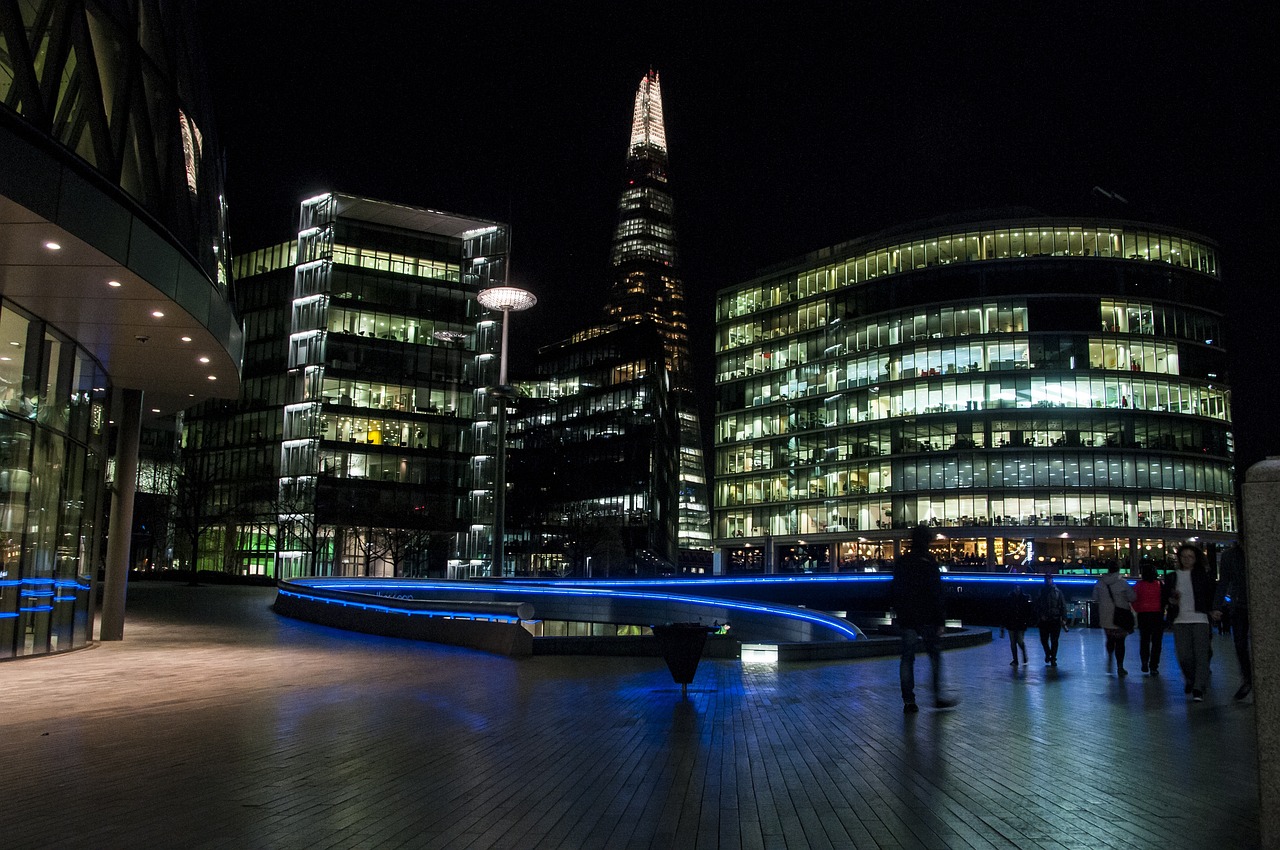
Buckingham Palace
- Historical Significance: Buckingham Palace has been the official residence of the British monarch since 1837.
- Architectural Features: The palace is an excellent example of neoclassical architecture, with its iconic facade adorned with columns and a grand central balcony.
It serves as the administrative headquarters and a venue for royal events and ceremonies.
The Changing of the Guard ceremony is a popular attraction, drawing crowds to witness the spectacle.
St. Paul’s Cathedral
- Historical Significance: St. Paul’s Cathedral is an Anglican cathedral that has played a significant role in British history, hosting important events such as royal weddings and funerals.
- Architectural Features: The cathedral features a magnificent dome that dominates the London skyline.
It is also known for its association with the iconic architect Sir Christopher Wren.
Its interior showcases intricate mosaics, sculptures, and stunning stained glass windows.
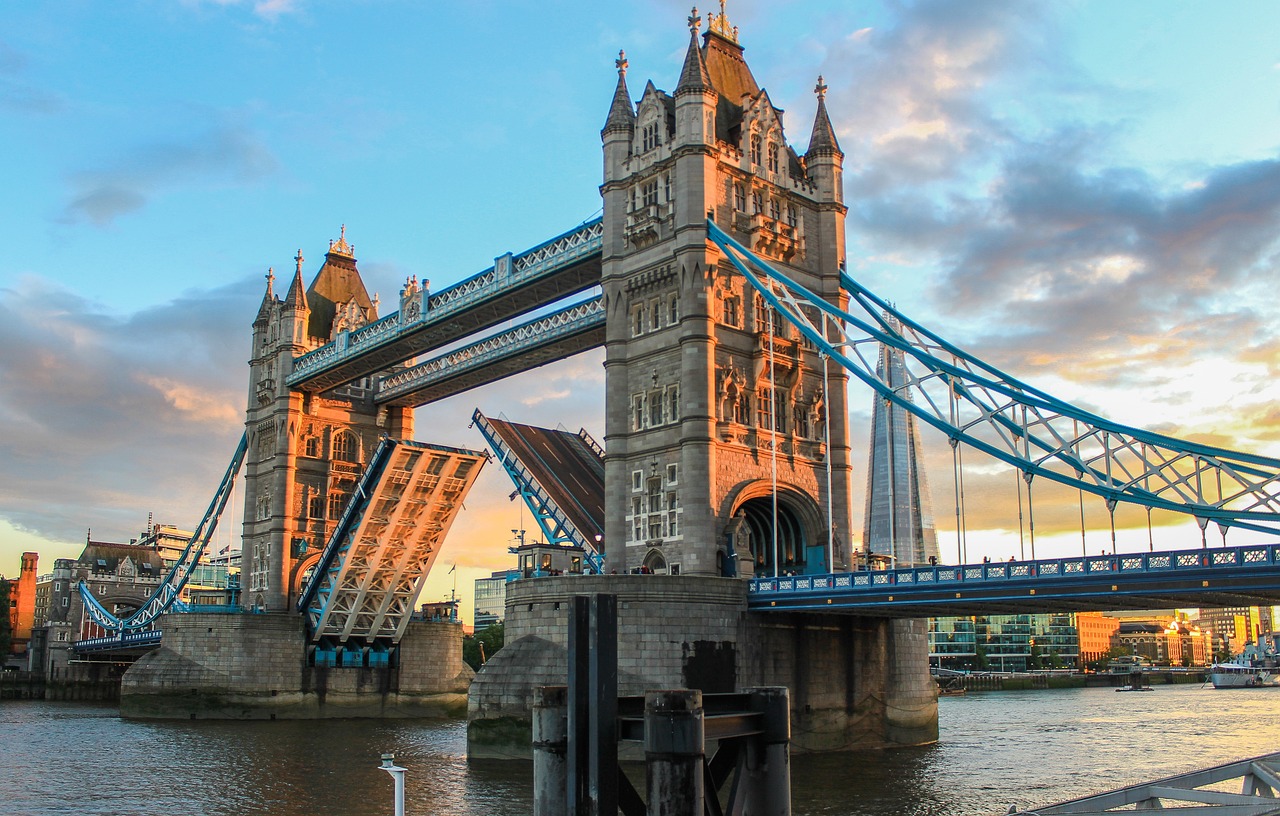
The Shard
- Historical Significance: The Shard, completed in 2012, is a modern architectural marvel and the tallest building in the United Kingdom.
- Architectural Features: The Shard’s design is characterized by its glass façade and a distinctive pyramid-shaped top.
It has quickly become an iconic symbol of London’s skyline.
It offers breathtaking panoramic views of the city from its observation deck.
The Houses of Parliament
- Historical Significance: The Houses of Parliament, also known as the Palace of Westminster, is where the UK Parliament convenes.
- Architectural Features: The complex is a stunning example of Gothic Revival architecture, with the iconic Big Ben clock tower being a prominent feature.
It has been the center of British politics for centuries.
The interior houses intricate woodwork, beautiful stained glass, and the historic debating chambers.

The British Museum
- Historical Significance: The British Museum is one of the world’s largest and most comprehensive museums, housing a vast collection of art and artifacts from around the globe.
- Architectural Features: The museum’s architecture combines neoclassical and modern elements, with the iconic Great Court featuring a stunning glass roof.
It showcases the history and culture of various civilizations.
The interior is filled with grand galleries and exhibition spaces.
The Gherkin
- Historical Significance: The Gherkin, officially known as 30 St Mary Axe, is a modern skyscraper that has become an iconic landmark in London.
- Architectural Features: The building’s distinctive shape resembles a gherkin or pickle, hence its nickname.
It is a symbol of the city’s thriving business district.
It boasts a unique glass façade and a spiraling interior atrium.
The Tate Modern
- Historical Significance: The Tate Modern is a renowned contemporary art museum housed in a former power station.
- Architectural Features: The museum’s design preserves the industrial character of the power station, featuring vast spaces filled with modern artworks.
It is part of the Tate network, which includes other art institutions across the UK.
Its iconic Turbine Hall is a popular venue for large-scale installations.
The Royal Albert Hall
- Historical Significance: The Royal Albert Hall is a world-famous concert hall that has hosted countless performances by renowned artists.
- Architectural Features: The hall’s design combines Victorian and Art Nouveau influences, featuring a distinctive domed roof and intricate decorative elements.
It is a symbol of London’s vibrant music scene.
Its interior boasts stunning acoustics and a breathtaking auditorium.
The Natural History Museum
- Historical Significance: The Natural History Museum is a fascinating institution dedicated to the study of natural history.
- Architectural Features: The museum’s architecture is a stunning example of Victorian Romanesque style, with its grand terracotta façade and intricate carvings.
It houses an extensive collection of specimens and artifacts.
The interior showcases magnificent galleries and exhibitions.
Conclusion
London’s architectural wonders are a testament to the city’s rich history and vibrant present. From ancient landmarks like the Tower of London to modern skyscrapers like The Shard, each building tells a story and contributes to the city’s unique character. Exploring these iconic structures allows visitors to delve into London’s past and present, experiencing the grandeur and innovation that the city has to offer.
References
- britishmuseum.org
- royalalberthall.com
- tate.org.uk
- stpauls.co.uk
- hrp.org.uk
- theshard.com
- parliament.uk
- visitlondon.com
- cityoflondon.gov.uk
- visitbritain.com


